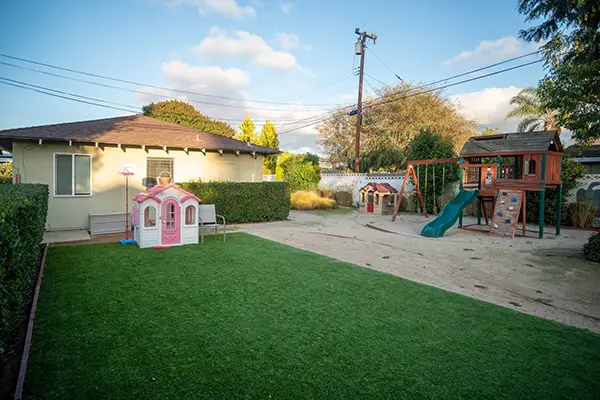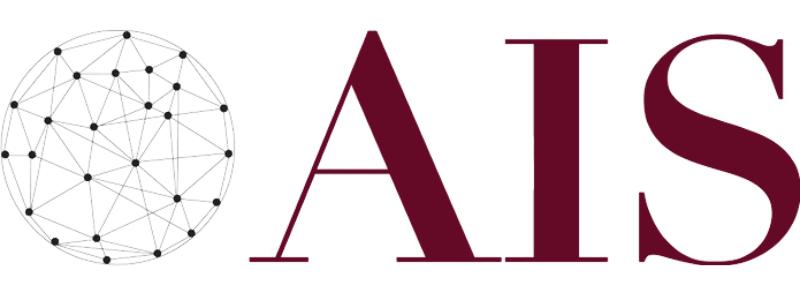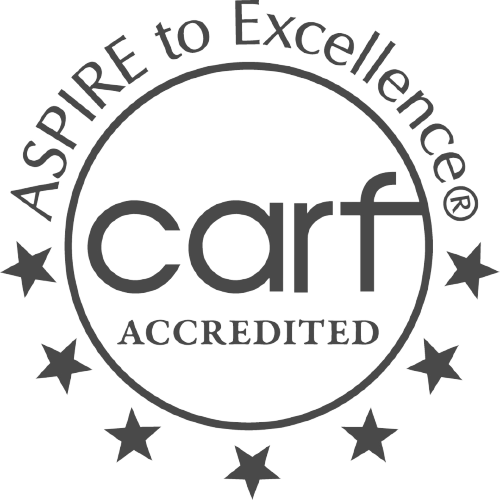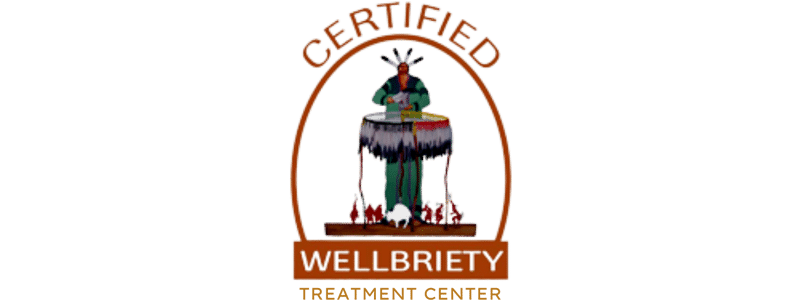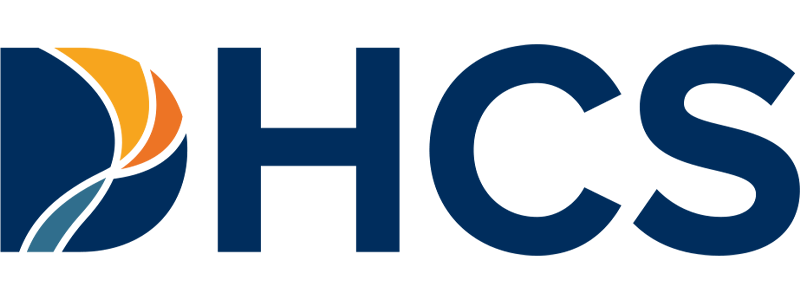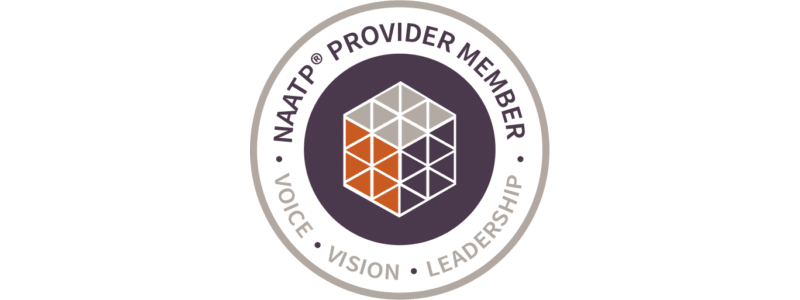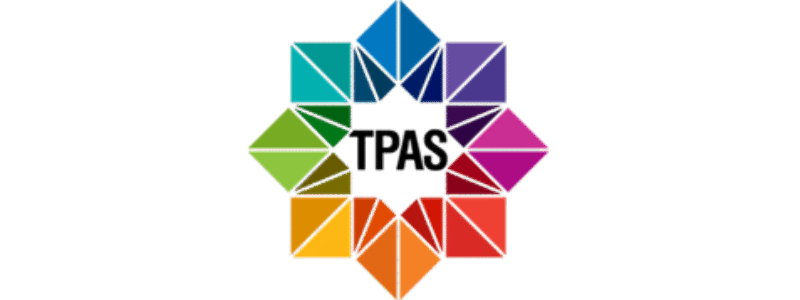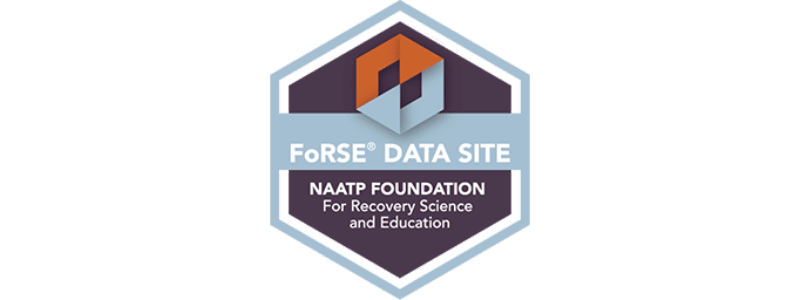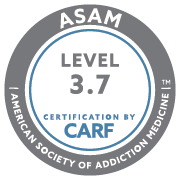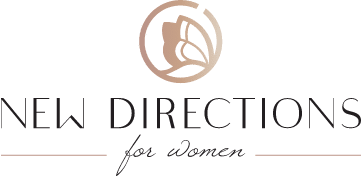Researchers often talk about the concept of cravings as “wanting” drugs as opposed to “liking” drugs. The idea is that cravings are a programmed reaction to signals in the environment. And these signals have been connected to drug use through experience. You may not like what the drug has done to you but, when triggered by past experiences, you can’t help but want some.
We’ll talk more about how to control cravings when you feel them coming on.
When Your Brain Remembers
You may or may not be glad to learn that cravings are a normal part of recovery from addiction. It doesn’t matter if you stopped using this week or it’s been months since you’ve quit; you’re likely to experience some urges to use at some point. 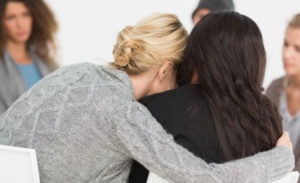
Drug cravings are strong memories that are linked to the effect of drugs on the brain’s chemistry. The surge of a chemical release that is caused by the use of drugs is responsible for both the experience and the lasting effects on learning. When you think about it, memories are just the brain re-experiencing an event. It makes sense that reliving a drug, sex or other compulsive experience could bring on a serious emotional reaction.
These urges have no mercy. They seem to find you at your weakest point and try to convince you that you don’t really want the change you’ve worked so hard for. Cravings can lead to relapse in an instant if not handled promptly and properly.
How to Control Cravings: 5 Ways to Cope
Cravings can’t always be avoided, but it’s important to deal with them. Here are some ways to help you cope:
Involve yourself in a distracting activity.
Go to a movie, read a book, see friends, or get involved in a hobby. Hiking and exercising are also excellent ways to distract yourself. Once you’re involved in something else, you’ll find the cravings go away.
Talk it through.
Talk to family members or friends about your cravings when they happen. This is a helpful way of discovering the source of the cravings. Besides that, talking frequently helps to relieve the feeling and will help strengthen the relationship and restore honesty. Craving is normal and nothing to feel bad about.
Challenge and change your thoughts.
When experiencing a craving, people often remember only the positive effects of the substance and forget the negative consequences. In this case, you may need to remind yourself that you actually won’t feel better if you use it and that you may end up losing a lot. It can be helpful to keep these consequences written on a small card that you can keep with you.
Try the “urge surfing” technique.
A lot of people try to cope with urges by just trying to stay strong and getting through them. However, some cravings are just too strong to ignore. When this happens, it can be helpful to stay with the urge until it passes. This technique is called “urge surfing.” Think of yourself as a surfer and you will ride the wave of your drug craving, staying on top of it until it crests, breaks then turns into less powerful bubbly surf. When you ride out the craving, without trying to battle, judge, or ignore it, it passes more quickly.

Three Basic Steps of Urge Surfing
- Notice how you experience the craving. Sit in a comfortable chair with feet flat on the floor and your hands relaxed. Take some deep breaths and focus on your body. Observe where in your body you feel the craving or urge and what the sensations feel like. Then verbalize what you’re feeling. For instance, you could tell yourself “I’m feeling this craving in my mouth and nose and stomach.”
- Now focus on one area where you’re experiencing the craving. Describe the sensations to yourself. Do you feel hot, cold, tingly, or numb? Are your muscles tense in that area? How large an area is involved? Pay attention to changes in the sensations if they occur. Can you imagine the feeling of using?
- Repeat by pinpointing each part of your body that experiences the urge. Describe to yourself how the sensations change and how the urge comes and goes. Often, people find that after a few minutes of urge surfing, their craving has gone. However, the purpose of this technique is not to make the craving go away, but to experience it in a new way. If you practice urge surfing regularly, you will become more mindful of your cravings and it will become easier to ride them out until they go away naturally.
Control your triggers.
Clearly, recovery doesn’t end when you leave treatment. Your brain still needs time to recover and rebuild the connections that were changed from your addiction. During this rebuilding time, your cravings can be intense. Because of this, you need to avoid people, places, and situations that trigger your urge to use.
Here are some tips:
- Stay away from your friends who use. Surround yourself with people who support your recovery, not those who tempt you to slip back into addiction.
- Avoid bars and clubs. Even if alcohol was not your problem, drinking impairs your judgment and that can easily lead to a relapse.
- Be open about your history of drug use when getting medical treatment. If you need a medical or dental procedure, be honest and find a provider who will work with you in prescribing alternative medications or the absolute minimum necessary. Don’t feel ashamed or humiliated about your previous drug use and don’t be denied medication for pain. Find a different provider if that happens.
- Be cautious with prescription drugs. If you were addicted to a prescription drug you might need to talk to your provider about finding alternatives to manage pain. No matter what drug you had problems with, it’s important to avoid prescription drugs with the potential for risky use. If you can’t, use them only when necessary and very cautiously. Drugs with high abuse potential are painkillers, sleeping pills, and anti-anxiety medications.
Coping with Stress Without Drugs
After devoting your effort to your immediate problems with addiction and the underlying issues, you will still occasionally experience stress, loneliness, frustration, anger, shame, and anxiety. These feelings are a normal part of life. Discovering ways to handle these feelings is essential to your treatment and recovery. In fact, stress is one of the leading causes of relapse.
You can learn to manage your problems without going back to your addiction. There are better ways to keep your stress level in check. Once you are confident about being able to de-stress quickly, facing strong feelings isn’t as overwhelming.
Stress Relief Techniques You Can Try Right Now
Different stress relief techniques work better for different people. The point is to find what works best for you. Here are some to try:
- Movement: Walking briskly around the block might be enough to relieve your stress. Yoga and meditation are also ways to beat stress and find balance.
- Step out into the sun and fresh air: Go out and enjoy a view or and the feel of nature.
- Play with your dog or cat: Enjoying the relaxing company and touch of your pet’s fur is a well-known stress reliever.
- Experiment with your sense of smell: Inhale the scent of fresh flowers, coffee beans, or enjoy a scent that reminds you of a favorite vacation such as sunscreen or a pine forest.
- Close your eyes and imagine a peaceful place: Think of a sandy beach or a treasured memory such as time with friends or your child’s first steps.
- Pamper yourself: Fix yourself a cup of tea, give yourself a neck or shoulder massage. Soak in a hot tub or shower.
How to Control Cravings with Drugs
It doesn’t seem right, but drug cravings can be controlled with other drugs. Here are some of the helpful drugs and what they do:
- Naltrexone has been successfully used to control cravings and prevent relapses among individuals struggling with heroin and alcohol addiction.
- Zyban has been used successfully to help smokers quit for many years.
- Rimonabant helps overweight people drop an average of 20 pounds in one study and doubles the chance that smokers can quit.
- Campral is used to reduce relapse rates among recovering alcohol users.
- Methadone is a synthetic opioid that eases withdrawal symptoms and reduces cravings in people who have an opioid addiction such as heroin, morphine, and opioid pain medications.
Get Help on How to Control Cravings at New Directions
It has been said that relapse is a phase of recovery. It’s not a failure. Like most chronic diseases, substance use disorder can relapse. And if it does, you will reevaluate what you’ve been doing and take it from there.

Women face more difficult challenges when it comes to substance use disorder and recovery. Women tend to go from using an addictive substance to dependence on that substance quicker than men. Additionally, they develop medical or social consequences faster than men and often find it harder to quit. And unfortunately, women are more likely to relapse.
At New Directions for Women, we understand these differences because we treat only women. We offer several levels of care and many evidence-based and holistic therapies to suit your needs. Depending on how severe your relapse is, you may need to go back into residential treatment. And for a milder brief “slip,” an outpatient program might be appropriate.
Whether you’re a mother with children, pregnant, or a more mature woman, we are ready, experienced, and looking forward to helping you. Contact us now.

